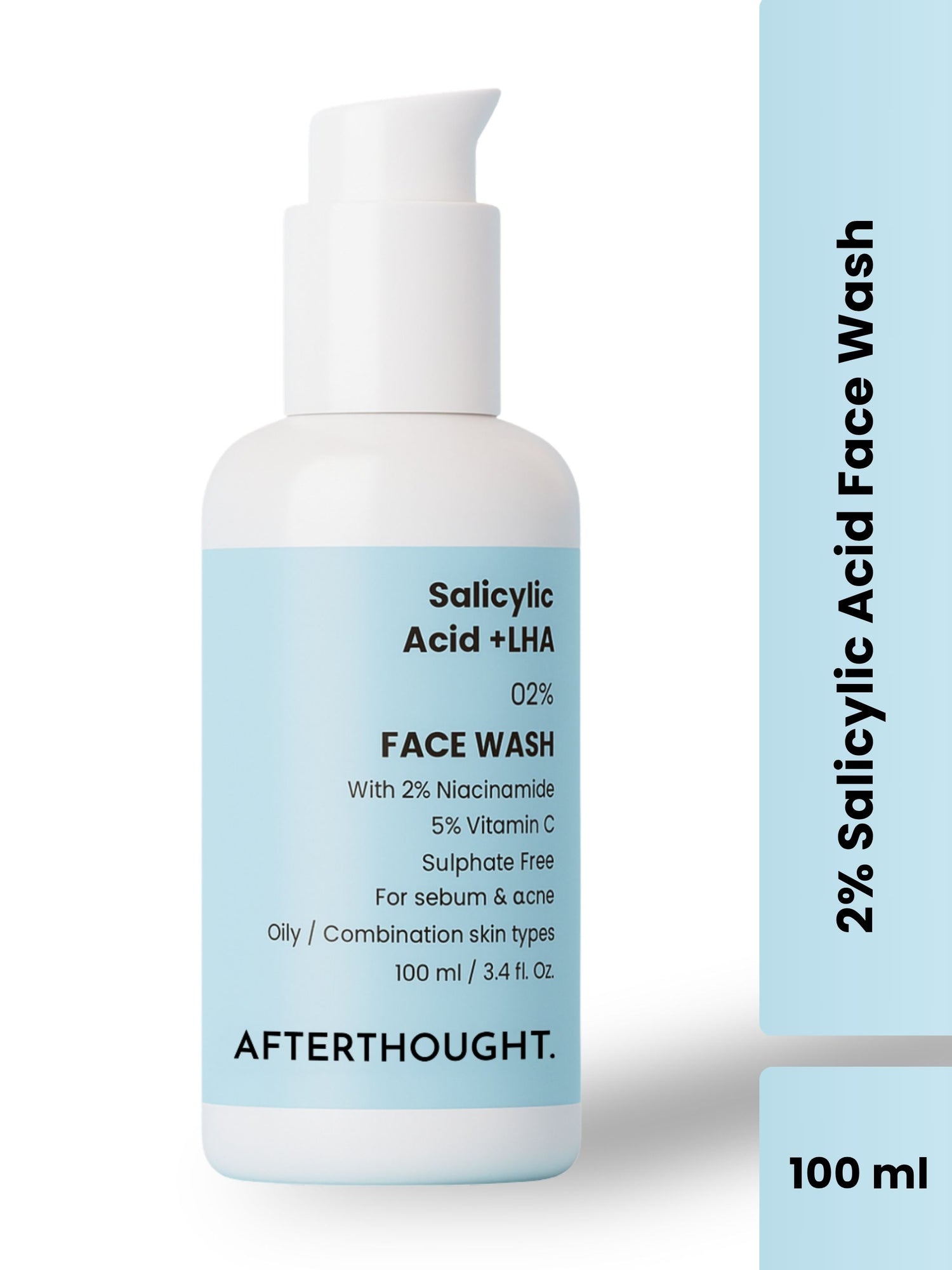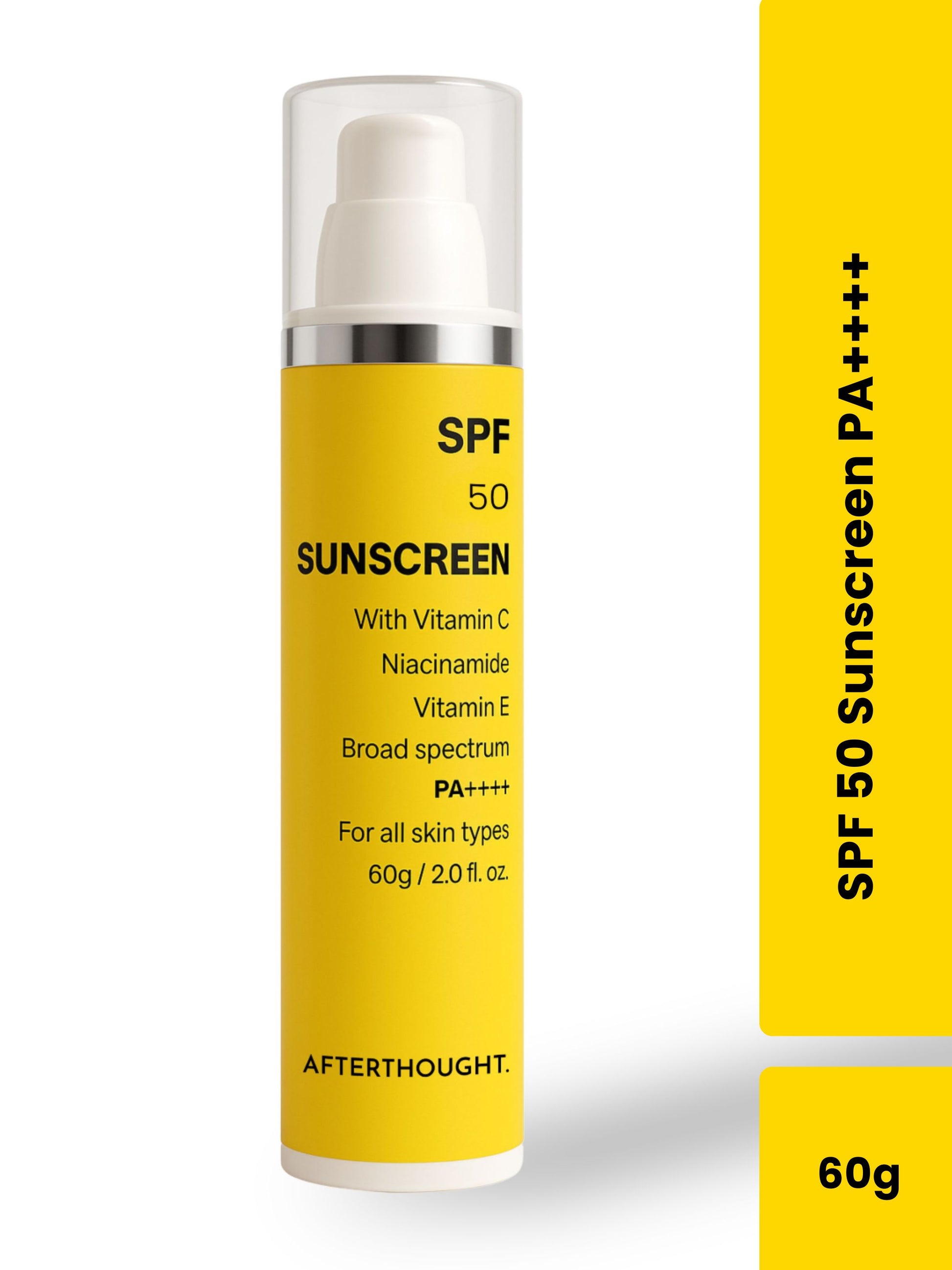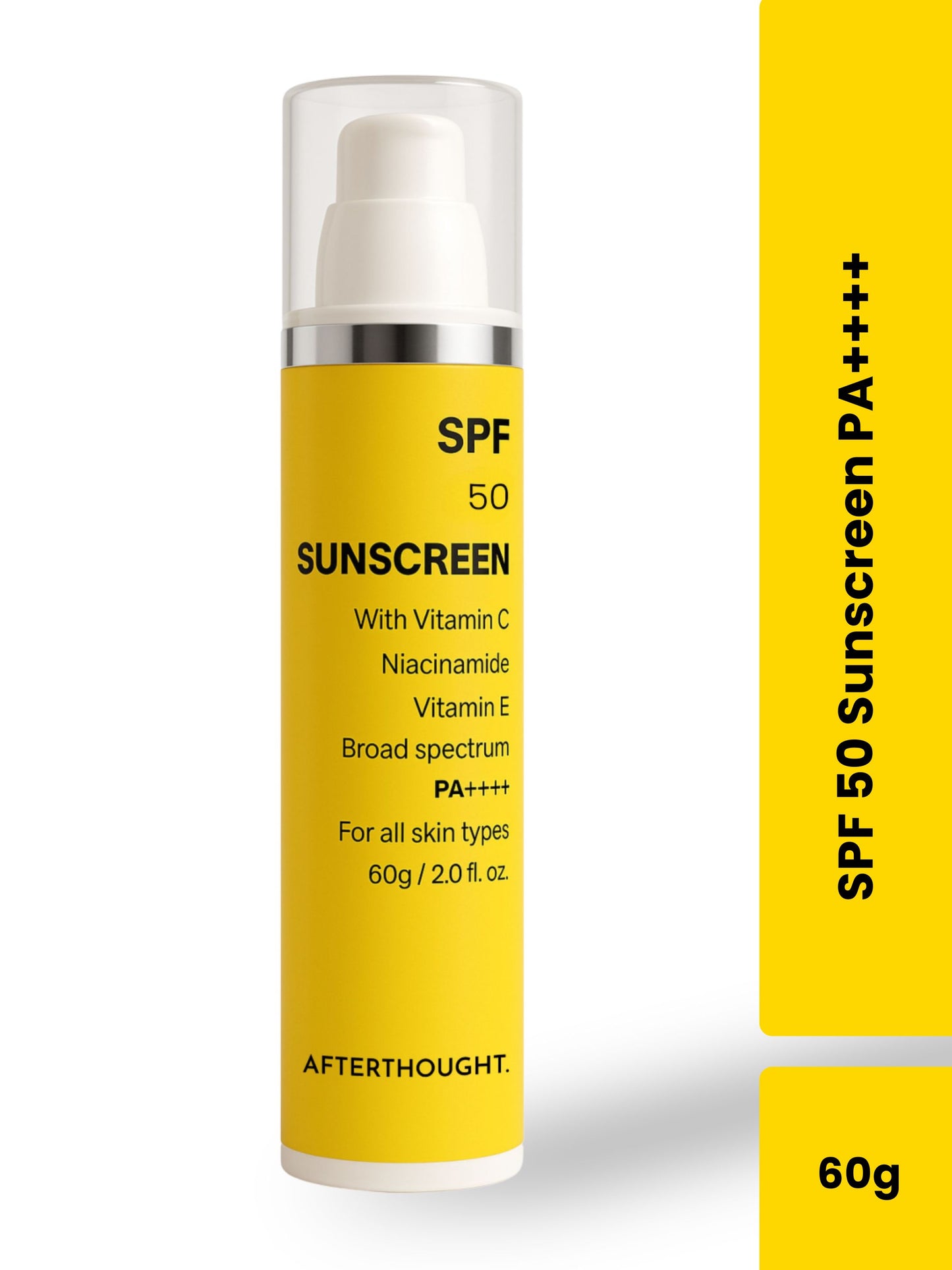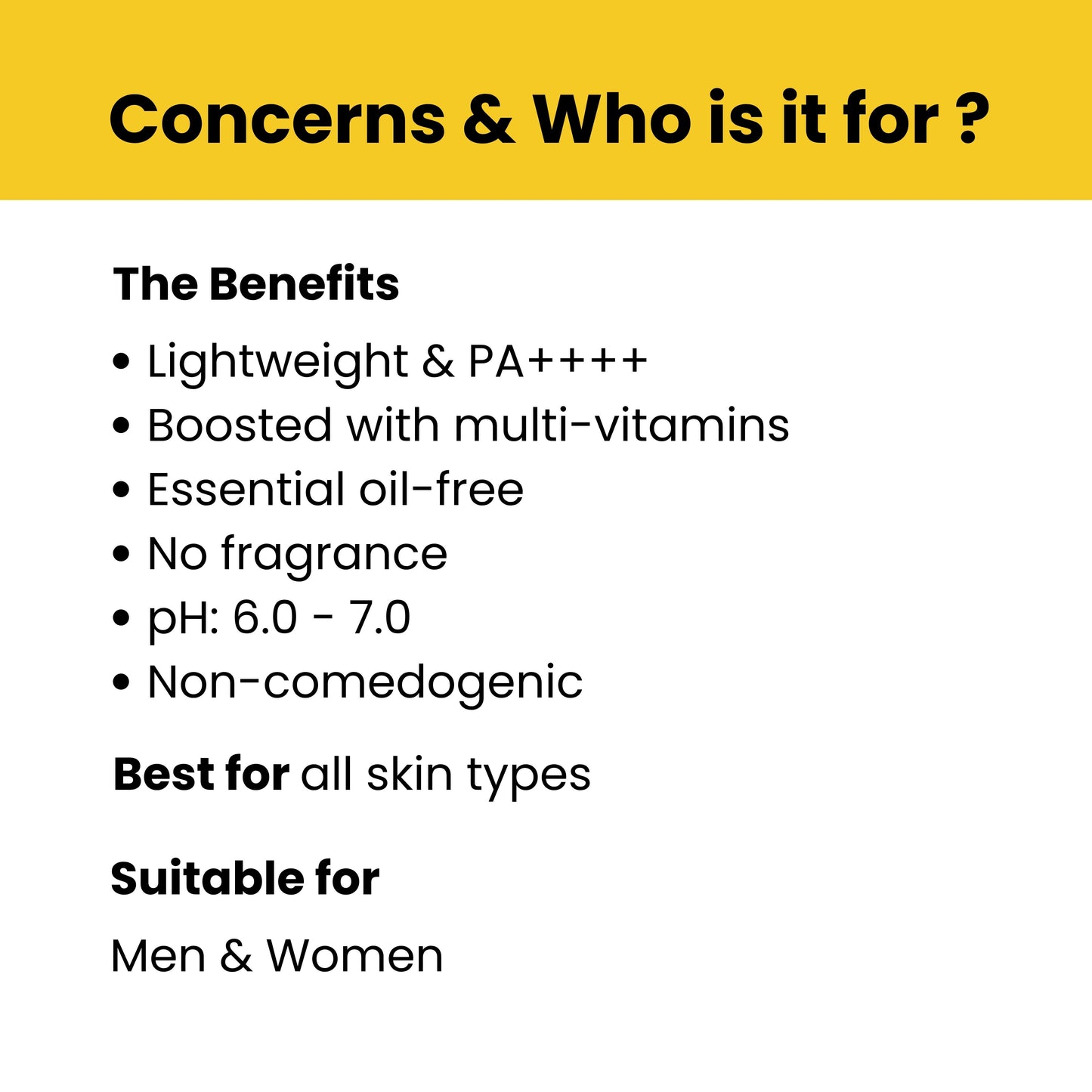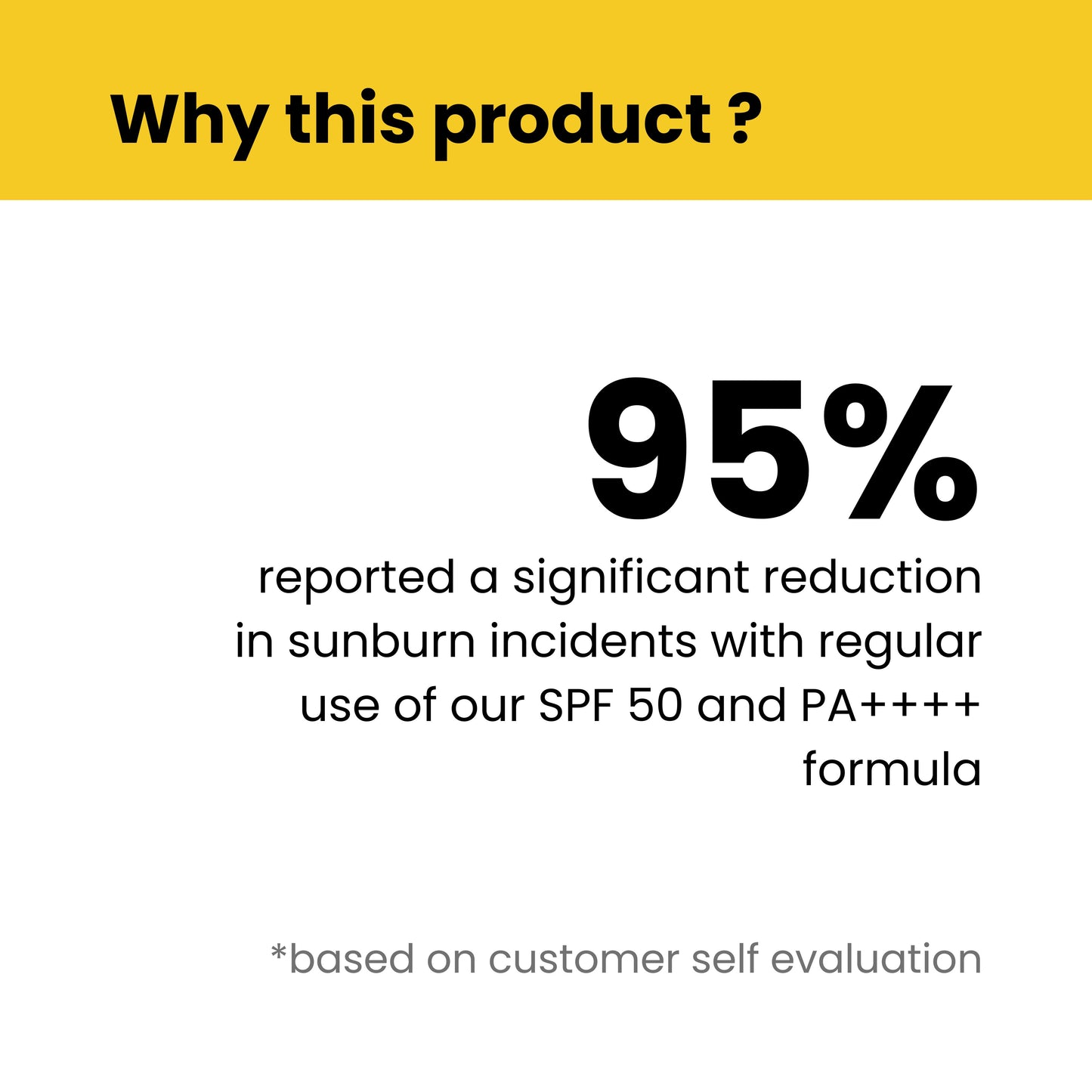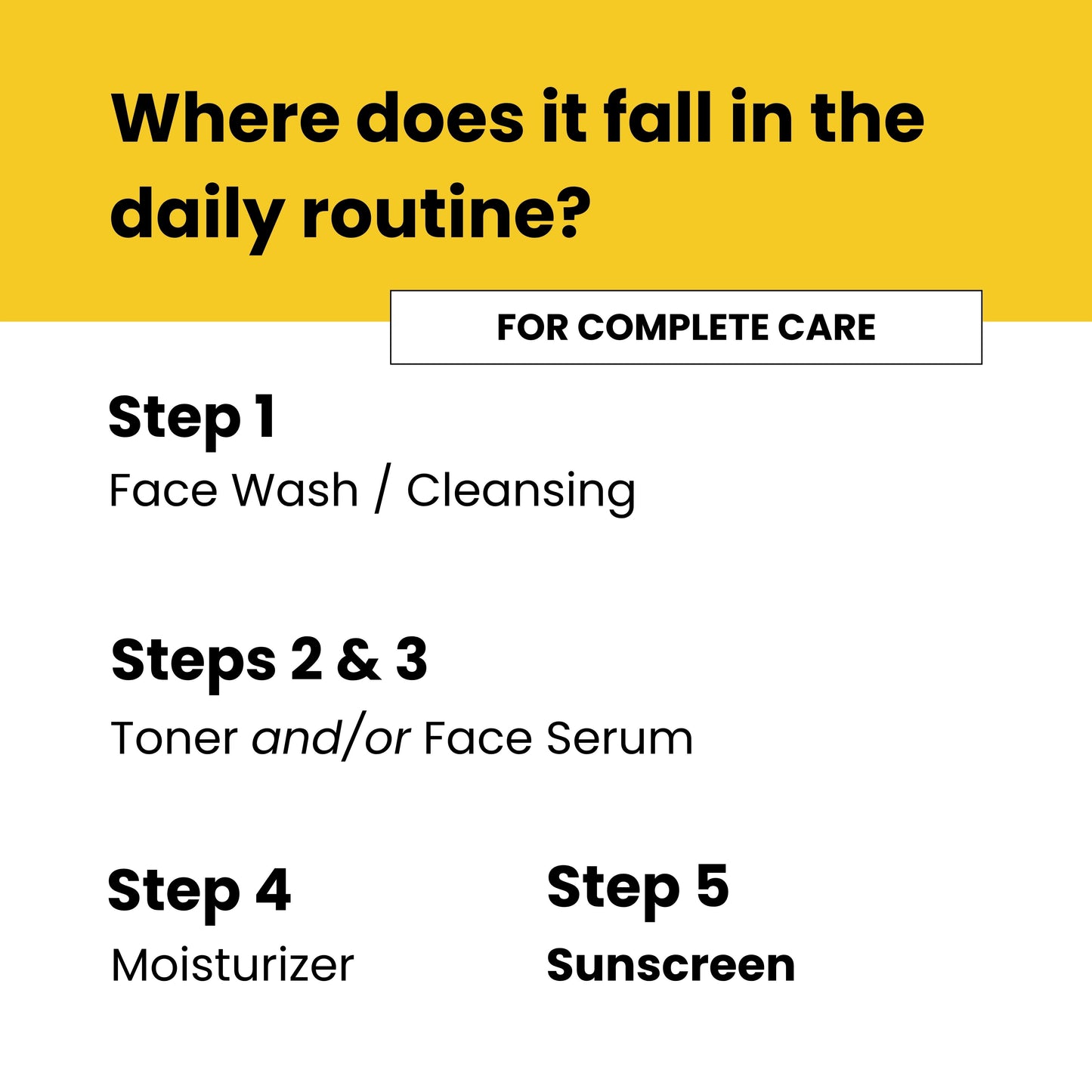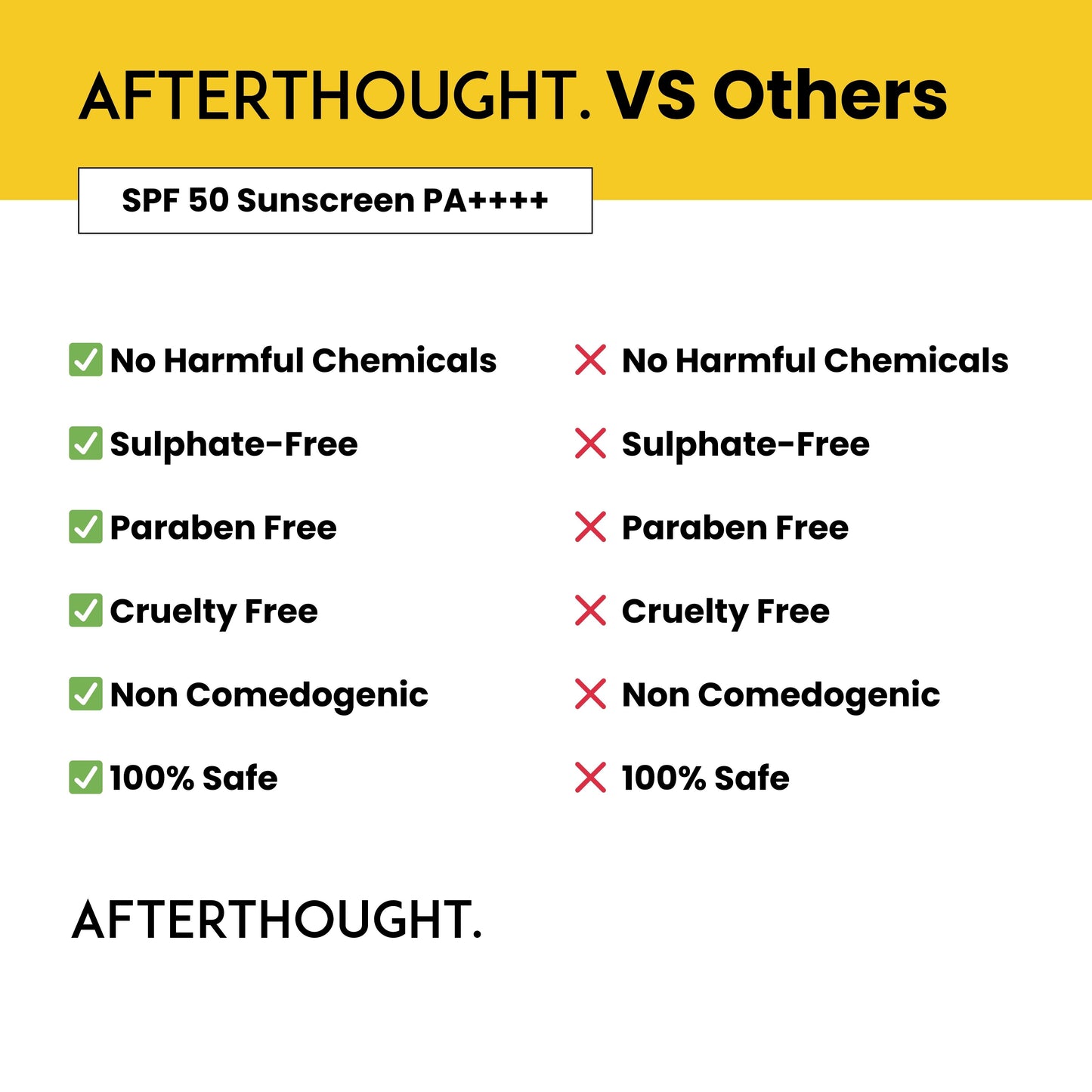Which SPF Sunscreen Is Best For Dry Skin?
Sunscreen is a non-negotiable step in any skincare routine, particularly for those with dry skin. The right SPF sunscreen not only shields your skin from the harmful effects of UV radiation but also provides essential moisture to keep your skin healthy and hydrated.
But with so many options available, how do you choose the best sunscreen for dry skin? This article will guide you through the key factors to consider when selecting an SPF sunscreen that will protect and nourish your dry skin.
Understanding SPF and Its Importance
Sun Protection Factor (SPF) is a measure of how well a sunscreen protects the skin from UVB rays, the primary cause of sunburn and a significant contributor to skin cancer. For dry skin, it's crucial to choose a sunscreen with an SPF that provides adequate protection while also addressing the specific needs of your skin type. Dermatologists generally recommend using a sunscreen with an SPF of at least 30, which blocks about 97% of UVB rays. However, those with fair skin or who spend extended periods outdoors may benefit from a higher SPF.
Key Ingredients to Look for in Sunscreen for Dry Skin
When selecting a sunscreen for dry skin, it's essential to look for ingredients that provide both sun protection and hydration. Here are some key ingredients that can help:
- Hyaluronic Acid: Known for its ability to hold up to 1,000 times its weight in water, hyaluronic acid is a powerful moisturizing agent. It helps keep the skin plump and hydrated, making it an excellent ingredient in sunscreen for dry skin.
- Glycerin: Glycerin is a humectant, which means it attracts moisture from the environment into the skin. It's a common ingredient in sunscreens designed for dry skin because it helps to maintain hydration levels throughout the day.
- Ceramides: Ceramides are lipids (fats) that help form the skin's barrier and retain moisture. A sunscreen that includes ceramides can help strengthen the skin's protective barrier, preventing moisture loss.
- Aloe Vera: Aloe vera is known for its soothing and hydrating properties. It can help calm irritated dry skin and provide an extra layer of moisture, making it a beneficial ingredient in sunscreens.
- Oils (e.g., Jojoba, Sunflower, or Avocado Oil): Natural oils can help nourish and moisturize dry skin. Jojoba oil, in particular, is similar to the skin’s natural sebum, making it an excellent moisturizer without clogging pores.
Choosing Between Mineral and Chemical Sunscreens
Sunscreens are generally categorized into two types: mineral (physical) and chemical. Each has its benefits, but for dry skin, one may be more suitable than the other.
- Mineral Sunscreens: These contain active ingredients like zinc oxide or titanium dioxide, which sit on the surface of the skin and physically block UV rays. Mineral sunscreens are often preferred by those with sensitive or dry skin because they are less likely to cause irritation. Additionally, many mineral sunscreens are formulated with moisturizing ingredients, making them a good choice for dry skin.
- Chemical Sunscreens: These sunscreens contain organic compounds (like oxybenzone, avobenzone, or octocrylene) that absorb UV rays and convert them into heat, which is then released from the skin. While effective, some chemical sunscreens can be drying or irritating to sensitive skin. However, if you prefer a chemical sunscreen, look for formulations that include hydrating ingredients to counteract any potential drying effects.
Additional Factors to Consider
- Texture and Consistency: Sunscreens come in various forms, including creams, lotions, gels, and sprays. For dry skin, a cream or lotion is often the best choice as these are typically more moisturizing than gels or sprays.
- Non-Comedogenic: Even though dry skin is less prone to acne, it's still important to choose a sunscreen that is non-comedogenic, meaning it won't clog pores. This is especially important if your skin is prone to dryness-induced breakouts.
- Broad-Spectrum Protection: Ensure that the sunscreen you choose offers broad-spectrum protection, meaning it protects against both UVA and UVB rays. UVA rays can prematurely age the skin, while UVB rays can cause sunburn. Both types of rays contribute to skin cancer.
- Fragrance-Free Formulas: Fragrances can be irritating, particularly for those with dry or sensitive skin. Opt for a fragrance-free sunscreen to minimize the risk of irritation.
- Reapplication: Remember that sunscreen should be reapplied every two hours, or more often if you are swimming or sweating. For those with dry skin, consider carrying a hydrating facial mist or moisturizer with SPF for easy reapplication throughout the day.
How to Incorporate Sunscreen into Your Skincare Routine
To maximize the benefits of your sunscreen and keep your dry skin hydrated, follow these steps:
- Cleanse: Start with a gentle, hydrating cleanser that won't strip your skin of its natural oils.
- Moisturize: Apply a rich, hydrating moisturizer to lock in moisture. This step is crucial for dry skin, as it provides a protective barrier and prepares your skin for sunscreen application.
- Sunscreen: Apply your SPF sunscreen as the final step in your morning skincare routine. Be generous with the amount—most people don't apply enough sunscreen, which can reduce its effectiveness.
- Makeup (Optional): If you wear makeup, look for products that contain SPF for an added layer of protection. However, makeup with SPF should never replace your sunscreen.
